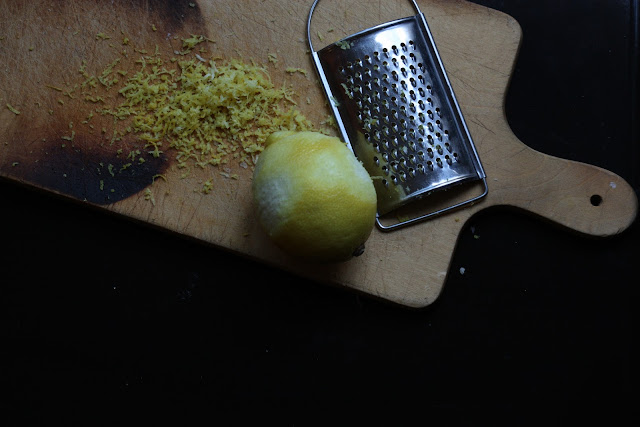
 After trying my hand at baking Stollen earlier this season, I found myself hooked on baking traditional holiday breads, and 'Tis, the Season justifies pretty much anything...
After trying my hand at baking Stollen earlier this season, I found myself hooked on baking traditional holiday breads, and 'Tis, the Season justifies pretty much anything... Second Set: Panettone. The baking of this sweet Italian bread is extra thrilling and exciting, because the original recipe calls for a natural starter (or wild yeast). It is quite the process, producing the loaves, and it requires time; lots of it. You'll pretty much have to dedicate two whole days to this, but it's definitely worth it. As is usually the case with baking, you will have plenty of time to go about your daily business, and only once in a while you will need to take short breaks and come back to play with your beautiful dough.
The recipe I followed I got off of the Wild Yeast blog; and I am very grateful to Susan for sharing this superb formula and the detailed steps involved in the process. I made quite a few people happy by sharing some of my special bread. So, thank you, Susan! I found her post very helpful, and the pictures she took of her loaves and her crumb made me even more eager to attempt it myself. I had been trying for a while now to find a recipe that incorporated a sourdough starter, but found that probably as many as 90 percent of the recipes out there are using commercial yeast exclusively.
I would have loved my Panettones to have risen about an extra inch or so, and at first, when I took them out of the hot oven, I was almost a little bit disappointed with their oven spring. And to make matters worse, I managed to drop one while I was hanging them upside down to let them cool overnight. But the delicate and heavenly smell made it all better... Well, and all was forgiven and forgotten the next morning, when I cut into one of the loaves: The structure of the crumb was very beautiful, they smelled incredible and where melting in my mouth. The three loaves of Panettone I got out of this bake were probably the most rewarding thing I have ever baked so far.
I wouldn't be able to describe the process better than Susan already did in her post, so I won't give you the formula, but rather will include the link to her page, as well as to her more recent (revised) Panettone notes. These were published just after I had baked my very first batch, last weekend, but since I am planning on baking a second batch this coming weekend (just in time for Christmas), I am very excited to improve my results by following Susan's notes.
Oh, and by the way, while I am writing this post, I'm sitting in my kitchen candying some fresh orange and lemon peel, that will go straight into my Panettone. Mmmmm... I'm already looking forward to next year's Christmas.
Submitted to YeastSpotting.





